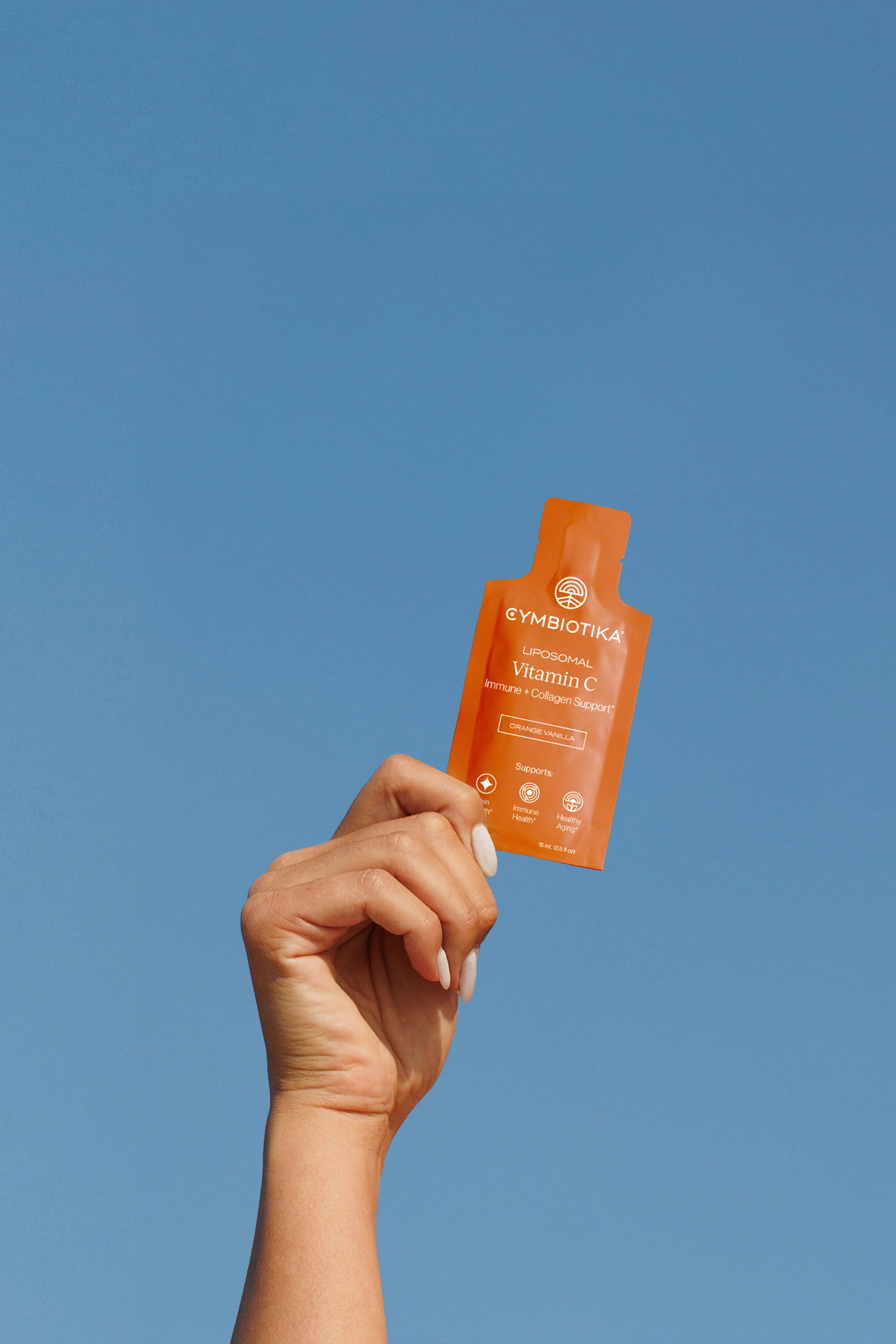Table of Contents
- Introduction
- The Origins and Etymology of Downward Dog
- The Structure and Alignment of the Pose
- Benefits of Practicing Downward Dog
- Common Variations and Modifications
- Incorporating Downward Dog into Your Routine
- Conclusion and Reflection
- FAQ
The world of yoga is vast and intricate, filled with a variety of poses that each carry unique benefits and cultural significance. Among these, one pose stands out as both iconic and accessible: Downward Dog. This particular pose, known as Adho Mukha Svanasana in Sanskrit, is often seen in yoga studios, parks, and living rooms worldwide. But what is it about Downward Dog that captures the attention of so many, and why is it so integral to yoga practice?
In this post, we will delve into the origins, benefits, and variations of Downward Dog, while also exploring how it fits into the broader context of yoga practice. Our aim is to empower you with knowledge about this pose so that you can incorporate it confidently into your routine, whether for its physical benefits or as a moment of mindfulness in your day. By the end of this article, you'll understand why Downward Dog is not just a pose, but a symbol of the transformative power of yoga.
Introduction
Have you ever watched a dog stretch after a nap? The way they arch their backs, lower their heads, and lift their tails high into the air is a natural and instinctual expression of flexibility and relaxation. This simple yet profound movement inspired the naming of one of yoga's most recognizable poses: Downward Dog.
Yoga, with its rich history and diverse practices, has evolved significantly over the centuries. While many of us may take classes or follow along with online tutorials, understanding the roots and purpose of specific poses can deepen our practice and enhance our overall wellbeing. Downward Dog serves as a bridge between strength and flexibility, making it a foundational element in many yoga sequences, including the popular Sun Salutation.
In this blog post, we will cover the following aspects of Downward Dog:
- The Origins and Etymology of Downward Dog
- The Structure and Alignment of the Pose
- Benefits of Practicing Downward Dog
- Common Variations and Modifications
- Incorporating Downward Dog into Your Routine
- Conclusion and Reflection
By providing a comprehensive understanding of Downward Dog, we hope to inspire you to embrace this pose in your practice, harnessing its benefits for both the body and mind.
The Origins and Etymology of Downward Dog
The name "Downward Dog" encapsulates the essence of the pose, drawing inspiration from the natural stretching behavior of dogs. In Sanskrit, it is referred to as Adho Mukha Svanasana, which translates to "downward-facing dog pose." Each component of this name reflects a facet of the pose:
- Adho (आधो): Meaning "down"
- Mukha (मुख): Meaning "face"
- Svana (श्वान): Meaning "dog"
- Asana (आसन): Meaning "posture" or "seat"
Interestingly, while Downward Dog is not found in early medieval hatha yoga texts, similar postures have been recorded throughout history. The practice of yoga has roots that date back thousands of years, and many poses we know today have evolved through various interpretations and teachings.
The integration of Downward Dog into modern yoga can be traced back to early 20th-century movements, where it became prominent in the teachings of influential yoga masters like B.K.S. Iyengar and Pattabhi Jois. These teachers emphasized the importance of alignment, breath, and flow, which have become hallmarks of contemporary yoga practices.
The Structure and Alignment of the Pose
To practice Downward Dog effectively, understanding the correct alignment is crucial. This pose can be broken down into several key components:
-
Starting Position: Begin on all fours, with your wrists directly under your shoulders and your knees under your hips. This alignment helps create a stable base.
-
Lifting into the Pose: As you exhale, tuck your toes under and lift your hips towards the ceiling, straightening your legs. Your body should form an inverted "V" shape. It’s important to keep your spine long and avoid rounding your back.
-
Hand Placement: Spread your fingers wide and press firmly into the mat, engaging your arms. Your elbows should be straight but not locked, allowing for a slight bend to maintain comfort.
-
Head Position: Relax your neck and let your head hang between your arms. Gaze towards your navel or thighs, creating length in the neck and spine.
-
Feet Position: Ideally, your heels will reach towards the ground, but they don’t need to touch the mat. It's more important to maintain the integrity of your spine and legs.
-
Breath: Breathe deeply and evenly, allowing the breath to flow into the pose. Each inhalation can help lengthen your spine, while each exhalation can deepen the stretch.
Common Misalignments
While Downward Dog is a straightforward pose, there are some common misalignments to watch for:
- Hunched Shoulders: Ensure your shoulders are away from your ears, creating space in the neck.
- Bending the Back: Focus on keeping your spine straight rather than rounding your back, which can lead to discomfort.
- Feet Too Close Together: Maintain a hip-width distance between your feet to stabilize your base.
By being mindful of these aspects, we can practice Downward Dog safely and effectively, maximizing its benefits.
Benefits of Practicing Downward Dog
Downward Dog is often praised for its myriad benefits, making it a cornerstone of many yoga practices. Here are some key advantages:
-
Full-Body Stretch: This pose stretches the hamstrings, calves, shoulders, and spine, promoting flexibility in multiple muscle groups.
-
Strengthening the Upper Body: As a weight-bearing pose, Downward Dog builds strength in the arms, shoulders, and back, which can be beneficial for overall upper body strength.
-
Improving Circulation: With the head below the heart, Downward Dog encourages blood flow and circulation, which can enhance vitality and energy levels.
-
Relieving Tension: The pose can help alleviate tension in the neck and back, often areas where we carry stress. The deep stretch can also provide relief from headaches and mental fatigue.
-
Enhancing Focus and Mindfulness: Practicing Downward Dog encourages us to connect with our breath and body, fostering a sense of mindfulness and presence.
-
Building Core Stability: Engaging the core muscles during this pose helps to improve overall stability and balance, translating into benefits in other physical activities.
Incorporating Downward Dog into our daily routine can yield significant advantages, both physically and mentally.
Common Variations and Modifications
While Downward Dog is accessible to many, there are modifications that can accommodate different levels of experience and physical ability. Here are a few variations to consider:
-
Bended Knee Downward Dog: If you experience tightness in your hamstrings or lower back, bending your knees can help you maintain proper spinal alignment while still enjoying the stretch.
-
Heels Elevated: Placing your heels on a yoga block or against a wall can assist in achieving the correct position without straining.
-
Downward Dog Against a Wall: If you’re new to the pose, practicing with your hands on a wall and feet back can help you find the right alignment while reducing the load on your wrists.
-
Supported Downward Dog: Use props like blocks or bolsters to support your forehead, making the pose more restorative and less intense.
-
Variations with Leg Movement: Explore "pedaling" the feet, where you alternate bending one knee while straightening the opposite leg. This can enhance the stretch in the hamstrings and provide a dynamic element to your practice.
-
Child’s Pose as a Counter: After practicing Downward Dog, resting in Child’s Pose can allow the body to reset and recover.
These variations and modifications allow us to personalize our practice, enabling us to embrace Downward Dog at any stage of our yoga journey.
Incorporating Downward Dog into Your Routine
Now that we understand the significance and benefits of Downward Dog, how do we incorporate it into our daily lives? Here are some practical tips:
-
Morning Routine: Start your day with a few rounds of Downward Dog to awaken your body and mind. Pair it with deep breathing to set a positive tone for the day.
-
Transition Pose: Use Downward Dog as a transitional pose between sequences in your yoga practice. It serves as a great way to reset and prepare for the next movement.
-
During Breaks: If you find yourself sitting for long periods, such as during work hours or while watching TV, take a moment to practice Downward Dog. This can help release tension in the back and promote circulation.
-
Mindfulness Practice: Incorporate Downward Dog into your mindfulness or meditation practice. Focus on your breath and the sensations in your body, allowing yourself to connect deeply with the moment.
-
Explore Classes: Join a yoga class that emphasizes the flow and integration of poses. This can help you experience Downward Dog in a supportive community, enhancing your understanding and enjoyment of the practice.
By making Downward Dog a regular part of our lives, we can harness its benefits and create a more balanced approach to wellness.
Conclusion and Reflection
In exploring the question, "Is Downward Dog a yoga pose?" we’ve uncovered its rich history, alignment principles, benefits, and ways to incorporate it into our daily lives. Downward Dog transcends being just a simple stretch; it represents a bridge between strength and flexibility, grounding and upliftment, mindfulness and movement.
We invite you to reflect on your own journey with Downward Dog. How does this pose feel in your body? What benefits have you experienced, and how can you explore this pose further?
At Cymbiotika, we believe that wellness starts with trust and empowerment. As you deepen your understanding of yoga and its practices, we encourage you to explore our AI quiz to discover which supplements may enhance your wellness journey.
Together, let’s embrace the power of mindfulness, movement, and community in our pursuit of holistic health.
FAQ
What is Downward Dog?
Downward Dog, or Adho Mukha Svanasana, is a foundational yoga pose that involves lifting the hips and creating an inverted "V" shape with the body. It stretches and strengthens various muscle groups while promoting mindfulness.
What are the benefits of Downward Dog?
Practicing Downward Dog can enhance flexibility, strengthen the upper body, improve circulation, relieve tension, and encourage mindfulness.
How can I modify Downward Dog?
You can modify Downward Dog by bending your knees, using props like blocks, or practicing against a wall. These adjustments can make the pose more accessible.
Can I practice Downward Dog every day?
Yes, many practitioners incorporate Downward Dog into their daily routines. It's a versatile pose that can be adapted to suit your needs.
Where can I learn more about yoga and wellness?
Explore our resources at Cymbiotika, and consider taking our AI quiz to find personalized supplement recommendations to support your wellness journey.
Through understanding and practice, we can all find our balance and strength in the transformative world of yoga.
*These statements have not been evaluated by the Food and Drug Administration. This product is not intended to diagnose, treat, cure, or prevent any disease.























